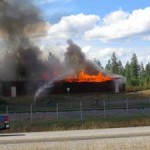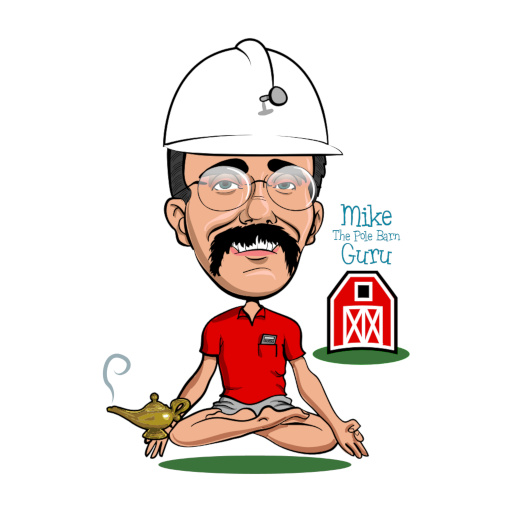Wood. It Doesn’t Melt
The steel/wood steel/wood debate, as far as building structure, seems never ending. The “all steel” building manufacturers highly tout the resistance of their heavy steel frames against fire. But just maybe, the all steel buildings are not everything they are promoted to be.
I’m a member of several discussion groups on LinkedIn. In one of these groups, a gentleman who is both a prefabricated wood truss designer and a firefighter offered some insights.
He found himself constantly defending wood trusses against current teachings and a layman’s understanding of truss performance in a fire.
According to him, the number one common myth is, steel is a better performer than wood. WRONG! Steel can expand 9″ per 100′ length with direct flame impingement. A single steel member failure can be much more significant in causing a structural collapse than a single wood member failure!
Many years ago, I personally witnessed a fire in a huge all steel building in Salem, Oregon. Given my limited  knowledge, at the time, I was shocked to see it burning. I was even more shocked, as I watched the steel framework warp, twist and collapse into a rubble heap.
knowledge, at the time, I was shocked to see it burning. I was even more shocked, as I watched the steel framework warp, twist and collapse into a rubble heap.
Wood frame pole buildings are easier to construct than all steel buildings. They are also less costly. Therefore, small added steps can be taken to further protect wood truss systems from fire, still keeping your new building within budget.
In buildings with enclosed attic spaces, use two layers of 5/8” thick type X drywall for the ceiling. This will increase the time before the ceiling is penetrated in the event of a fire.
Order trusses built from fire retardant treated lumber. If cost becomes too much of a factor with this option, consider using the fire retardant lumber only on the truss bottom chords (the lower member of the truss, which spans from sidewall to sidewall).
Wood frame pole buildings have decades of successful performance against climactic conditions, as well as the ravages on natural disasters and the worst man can throw against them. When considering your next building, look at the facts when making your decision, rather than listening to scare tactics.







